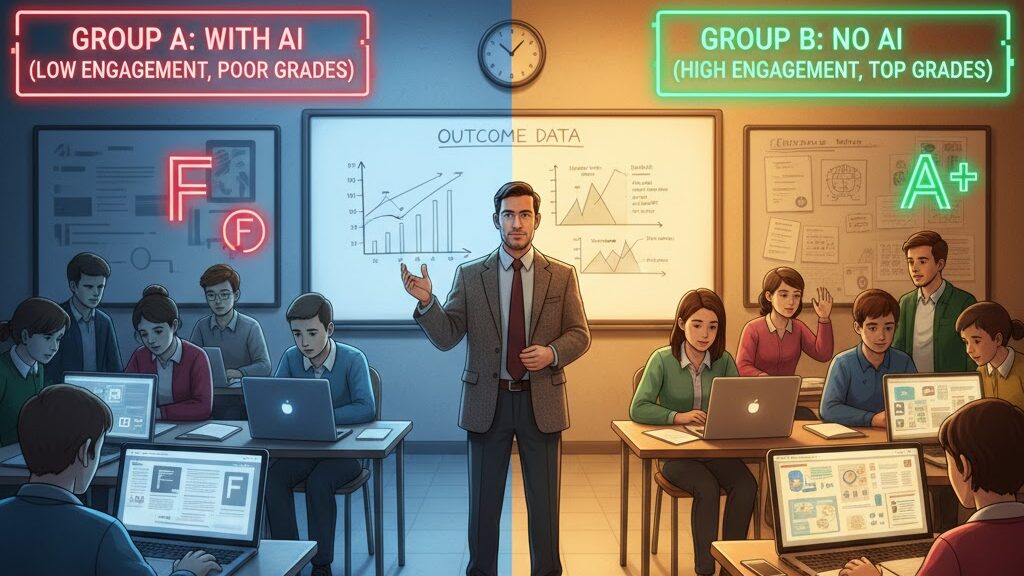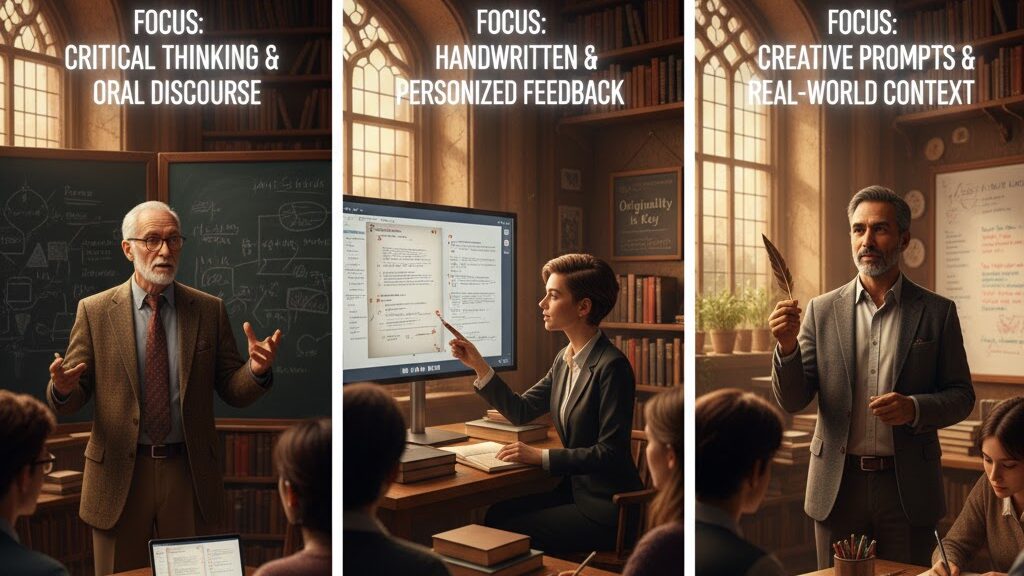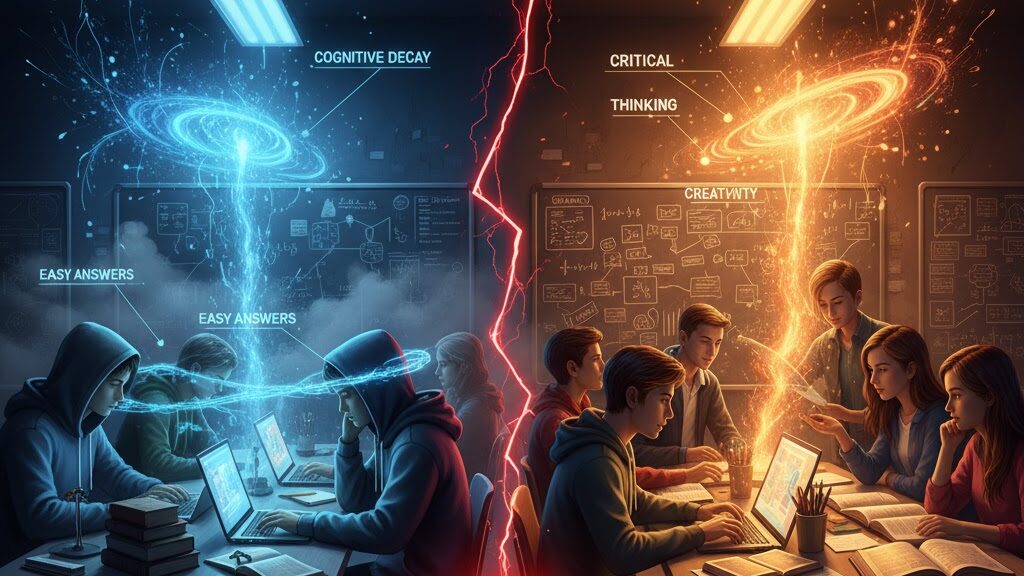
Source
Inside Higher Ed
Summary
A global Clarivate survey of more than 2,000 librarians across 109 countries shows that artificial intelligence adoption in libraries is accelerating, particularly within academic institutions. Sixty-seven percent of libraries are exploring or implementing AI, up from 63 percent in 2024, with academic libraries leading the trend. Their priorities include supporting student learning and improving content discovery. Libraries that provide AI training, resources, and leadership encouragement report the highest success and optimism. However, adoption and attitudes vary sharply by region—U.S. librarians remain the least optimistic—and by seniority, with senior leaders expressing greater confidence and favouring administrative applications.
Key Points
- 67% of libraries are exploring or using AI, up from 63% in 2024.
- Academic libraries lead in adoption, focusing on student engagement and learning.
- AI training and institutional support drive successful implementation.
- Regional differences persist, with U.S. librarians least optimistic (7%).
- Senior librarians show higher confidence and prefer AI for administrative efficiency.
Keywords
URL
https://www.insidehighered.com/news/quick-takes/2025/10/31/academic-libraries-embrace-ai
Summary generated by ChatGPT 5





